
- Small Oil Pressing Machine - Leader Machinery
- Industrial automatic continuous fryer Soybean Oil Plant
Home> Company News> Study on flower dehydration and drying process
- Address3rd Road, High-tech Zone, Jinan City, Shandong Province
- Factory Address3rd Road, High-tech Zone, Jinan City, Shandong Province
- Worktime9:00--18:00
- Phone(Working Time)086-0531-885125
- Phone(Nonworking Time)086-0531-881256
- Fax086-0531-885125
Study on flower dehydration and drying process
2018-11-30 09:41:23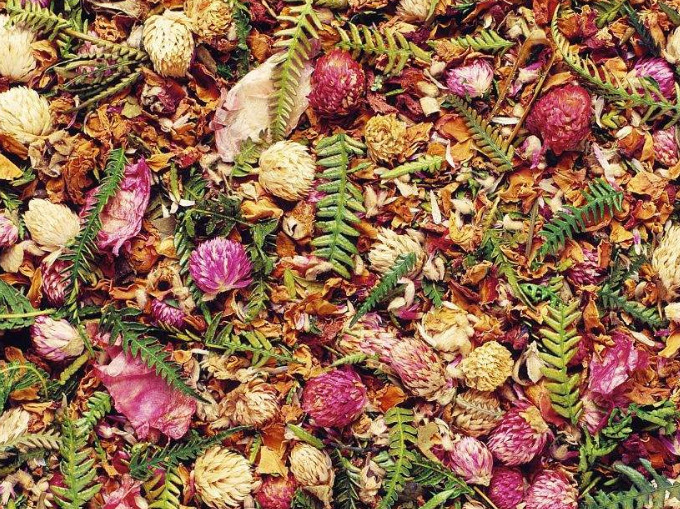
Dry flower is a long-lasting ornamental new plant decoration product made by drying, shaping and color-protecting plant flowers through industrial microwave flower tea dehydrator and dryer. It has long viewing period, limited by season, convenient to store and carry, etc. Advantages, it is more and more popular with people, has become a necessity for people to decorate and beautify their lives, and has a strong market potential. Gardenia is widely cultivated in Chongqing, with a large amount of flowers, each price is about 0.2 yuan, and the price is cheap. This experiment explores the drying method of gardenia flower by medium and liquid agent treatment, in order to provide reference for the improvement of shape protection and color retention technology when making dried flowers.
Dry drying process and drying time of microwave drying machinery
According to the two indexes of dry flower quality and water loss rate, the liquid agent is better than the medium in the drying method; it is best to soak for 4h in the liquid treatment formula, and further exploration is needed for the concentration of glycerin, citric acid and sodium nitrite. The optimum time for media treatment during drying time is 24h, while the optimum time for liquid treatment is 36h.
Direct embedding effect of two media (river sand and salt)
The results of dielectric embedding drying test show that the river sand embedding method is better than the salt embedding method. From the perspective of dry quality, the toughness of the flower material using the river sand embedding method is better than that of the salt treatment, and the flower integrity is also good. From the water loss rate, the water loss rate of the river sand embedding method is slightly higher than that of the salt package. Buried. The reason for the analysis is that salt is not easy to spread out due to water absorption, and it is easy to agglomerate when wet. As the drying time increases, the more water in the flower material adsorbed by salt, the more serious the agglomeration around the petals, and the petals and salt are not easy to be used. Separation, resulting in a decrease in the water loss rate of the flower material.
Therefore, in terms of medium, river sand is superior to salt, which can greatly reduce the production cost in mass production. Because river sand is cheap and the output is large, it is economical and economical to make dried flowers with river sand.
Drying effect of each formulation of liquid drying method
The results of the liquid drying method show that the treatment i is the best regardless of the water loss rate or the sensory quality. The water loss rate of treatment i is much higher than other treatments. Extending the drying time can increase the water loss rate of flowers, but at the same time, as the drying time increases, the flowers become more brittle. Considering the flower drying time is 36h. . In the dry process time, due to the increase of temperature, the microbial and enzyme activities in the flower body can be increased, the chemical reaction is accelerated, and the stability of the pigment is decreased, which causes the color change of the plant material to be intensified.
The serious color development of the flower material in the test may be caused by the higher drying temperature set by the test. Therefore, the shorter the drying time, the better the dry flower quality, and the drying time should be shortened as much as possible in the test and production. Saving energy costs and improving the quality of dried flowers can be described as two-fold; in the dry formula, the quality scores of dried flowers of i, e, and a treatments are all 4 points, and the soaking time and glycerin concentration of the three treatments are the same, indicating soaking The time 4h and the glycerol concentration of 30% are the best time and concentration for the dried process of Gardenia.
Although the experimental scheme is designed to improve on the basis of summarizing the work of the predecessors, there are still some shortcomings. First, the gradient set in the drying time of the medium drying method is less; the second is the glycerin in the liquid drying method. The difference in the concentration of citric acid and sodium sulfite is small, which leads to the inconspicuous difference between the levels of treatment. These need further research.
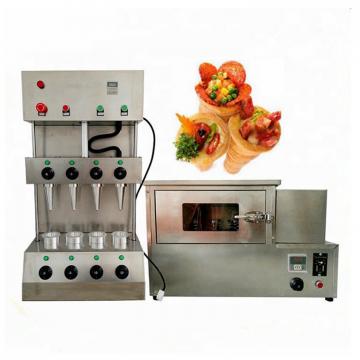 Manufacturing plant automatic factory puffed sticky rice cracker production line
Manufacturing plant automatic factory puffed sticky rice cracker production line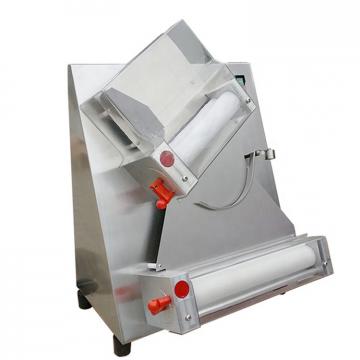 JiaHao machinery PVC Edge Band Sheet Production Line High intensity different color to choose producing PVC edge banging
JiaHao machinery PVC Edge Band Sheet Production Line High intensity different color to choose producing PVC edge banging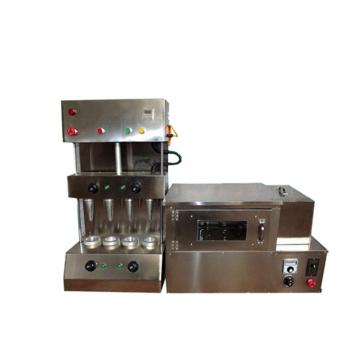 Wholesale products plastic extrusion machine for WPC flooring extrusion line
Wholesale products plastic extrusion machine for WPC flooring extrusion line Best Price Pizza Cone Machine / Pizza Making Machine Production Line
Best Price Pizza Cone Machine / Pizza Making Machine Production Line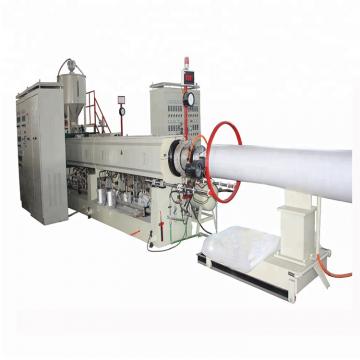 Factory Supply Dough Divider Cutting Dough Ball Pizza Dough Ball Machine/Bread Production Line
Factory Supply Dough Divider Cutting Dough Ball Pizza Dough Ball Machine/Bread Production Line